- Jawline Treatment with Hyaluronic Acid
- Chin Augmentation for Harmonious Facial Features
- Lip Augmentation
- The Russian Lips (Doll-Lips) Technique with Hyaluronic Acid
- Effective Non-Surgical Rhinoplasty: Hyaluronic Acid Application
- Hyaluronic Acid Injection for Nasolabial Folds
- Remove Dark Circles, Tear Troughs & Eye Bags
- Cheek Augmentation – Cheekbone Injections

Botox and Hyaluronic Acid – What You Need to Know During Pregnancy and Breastfeeding
Inhalt des Beitrags
Why It’s Important to be Cautious with Cosmetic Treatments During Pregnancy and Breastfeeding
Mothers have a special concern: The well-being of their baby. Pregnancy and the postpartum period are sensitive phases in a woman’s life. During these periods, not only hormones change, but also metabolism and the immune system. Therefore, it is extremely important to carefully consider cosmetic treatments and possibly even avoid them. But why exactly is such caution needed? On the one hand, there is a risk that the substances used – be it Botox or hyaluronic acid – could negatively affect the unborn child or infant. Since subtle changes in the mother’s body can have significant effects on the baby, there is no guarantee that the treatment will be completely risk-free or complication-free. Using Botox and hyaluronic acid during breastfeeding or pregnancy is therefore a delicate matter. Due to hormonal fluctuations, unexpected results can also occur. This means that the treatment may not work as desired or may even cause undesirable side effects.
Regarding beauty, we advise new mothers to stay on safe ground. You are beautiful as you are!
Hormonal Changes During Pregnancy and Breastfeeding – how Do They Affect Cosmetic Treatments?
The hormonal rollercoaster of pregnancy and breastfeeding can be quite chaotic. Progesterone, estrogen, and many other hormones surge through your body, and this has consequences. These hormonal turbulences can have not only emotional but also physical effects. But how do they specifically affect cosmetic treatments like Botox and hyaluronic acid?
Hormones in the Spotlight
During pregnancy, progesterone levels rise rapidly. This increase could loosen connective tissue and affect skin tissue. As a result, hyaluronic acid treatments during breastfeeding or pregnancy might not work as usual. Increased blood circulation and water retention can also cause fillers to act differently than expected. Furthermore, the skin might be more sensitive and react more strongly to injections. Your body may react more intensely due to elevated hormone levels, which could lead to unexpected side effects.
Results and Side Effects
It is known that hormonal changes affect the skin and its structure. For example, the skin can be more prone to pigment disorders like melasma during pregnancy. Since skin structure is closely linked to hormones, the effect of cosmetic treatments can vary. The same procedure that was inconspicuous before pregnancy could act completely differently during pregnancy or breastfeeding. That’s why it’s so important for us to provide good information before deciding on a cosmetic treatment during these life phases. Because no one wants to be confronted with unpredictable results.
These include the following symptoms:
- Rash or hives at the treated skin area
- Inflammation
- Minor bruising
- Unwanted muscle paralysis
- Difficulty breathing, swallowing, or speaking
- Nausea, diarrhea
- Head, neck, or stomach pain
- Urinary tract infections
- Eye problems (e.g., blurred vision)
- Dizziness
- Fainting / Circulatory collapse
Botox and Hyaluronic Acid in Pregnancy: What Do Experts Say? – Safety and Risks of Injections During Pregnancy
Botox is a toxic substance originally derived from the bacterium Clostridium botulinum. In cosmetic surgery, it is primarily used to smooth wrinkles and rejuvenate the skin’s appearance. But what do experts say about the use of Botox during pregnancy?
Our Doctors’ Opinion
We advise against using Botox during pregnancy. The reason? There are simply not enough studies to definitively confirm that Botox is safe during this time. The FDA, the American Food and Drug Administration, classifies Botox as Category C for pregnancies, meaning that the risks cannot be completely ruled out. Botox during pregnancy is therefore a topic where caution is the top priority. There is insufficient research on how the toxin might affect a developing baby. The logic here is simple: no one wants to take risks that could jeopardize the future well-being of the child.
Hyaluronic Acid – the Safer Option?
Hyaluronic acid is naturally produced by the body and is also widely used in aesthetic medicine. It is often used as a filler to replace lost volume in the face. However, there are concerns here too, at least when it comes to pregnancy. While it is generally assumed that hyaluronic acid is safer than Botox, there are still precautions. Research on the safety of this substance during pregnancy is also limited. Hyaluronic acid during pregnancy – here too, doctors and experts are just as unwilling to make one hundred percent safety statements. We also advise against treatment during pregnancy or breastfeeding.
Alternatives to Botox and Hyaluronic Acid: Natural Methods to Look Fresh and Youthful – Suggestions for Safe Alternatives During these Life Stages
You may have already wondered: If I should avoid Botox and hyaluronic acid treatments during pregnancy and breastfeeding, what can I do instead to look fresh and youthful? Fortunately, there are many natural alternatives.
Natural Skincare
One of the most effective and safest ways to care for your skin during pregnancy and breastfeeding is to use natural skincare products. Ingredients like Vitamin C, hyaluronic acid from plant sources, and other antioxidant active ingredients can help nourish and protect the skin. Regular exfoliation and moisturizing are also key elements of a healthy skincare regimen. A regular routine helps keep the skin radiant and elastic without resorting to invasive procedures.
Healthy Diet and Hydration
A balanced diet plays a big role in the health of your skin. Foods rich in omega-3 fatty acids, antioxidants, and vitamins contribute significantly to your well-being. Drinking enough water is also crucial to keep the skin hydrated.
Facial Exercises and Massage
Facial exercises and massage techniques are simple, inexpensive, and natural methods to firm the face and improve circulation. This can make the skin appear more radiant and delay the appearance of wrinkles.
Conclusion: Summary of Key Points and Tips for Expectant and Breastfeeding Mothers Interested in Cosmetic Treatments
In the world of beauty treatments, it’s important to be well-informed, especially if you are pregnant or breastfeeding. There are many aspects you need to consider to protect both your health and that of your baby. Here are the key points summarized:
- Caution with Botox and hyaluronic acid during pregnancy: We strongly advise against it, as there is insufficient safety data.
- Botox and hyaluronic acid during breastfeeding: Here too, caution should be exercised. Talk to our doctors and we will carefully weigh the risks.
- Hormonal changes: These can make the results of cosmetic treatments unpredictable.
- Natural alternatives: Invest in natural skincare products, a healthy diet, and lifestyle changes.
Remember that this time will pass, and you can safely and confidently consider cosmetic treatments again afterward. At this point, however, the health and safety of your child are the top priority.
“We are often asked about beauty treatments during pregnancy. We have a clear opinion on this: caution is advised! Even if Botox and hyaluronic acid can work wonders, you should refrain from using them during this special time. Your body undergoes many changes, and it is important to ensure that nothing affects your child's health. Even the smallest risks that may be associated with these treatments are not worth it. So, it's better to avoid Botox and hyaluronic acid during pregnancy and breastfeeding.”

ARZT BJÖRN FREY
Doctor
FAQ
Frequently Asked Questions about Botox and Hyaluronic Acid During Pregnancy Breastfeeding
When can I get Botox again after birth?
After giving birth, you might wonder when the right time is to consider Botox again. We recommend waiting at least six to nine months.
Your body needs time to fully recover from the stresses of pregnancy and childbirth. Breastfeeding should also be considered, as the effects of Botox on the baby are not fully researched.
Contact us to make the best decision for your health.
Is it safe to use Botox while breastfeeding? Can I reverse the injection?
Since Botox is a neurotoxin, there are concerns that tiny amounts could pass into breast milk.
Although there are no comprehensive studies that provide a clear answer, we recommend playing it safe and avoiding Botox while breastfeeding.
Your health and your baby’s health should always come first.
What are the risks of cosmetic treatments during pregnancy?
During pregnancy, there are various risks associated with cosmetic treatments that you should be aware of.
Some cosmetic ingredients, such as Botox or hyaluronic acid, can be potentially harmful to you or the unborn child.
Treatment methods like laser therapies could also have unforeseen effects.
Protect your health and your baby’s by making well-informed decisions.
03
Feb

ARZT BJÖRN FREY



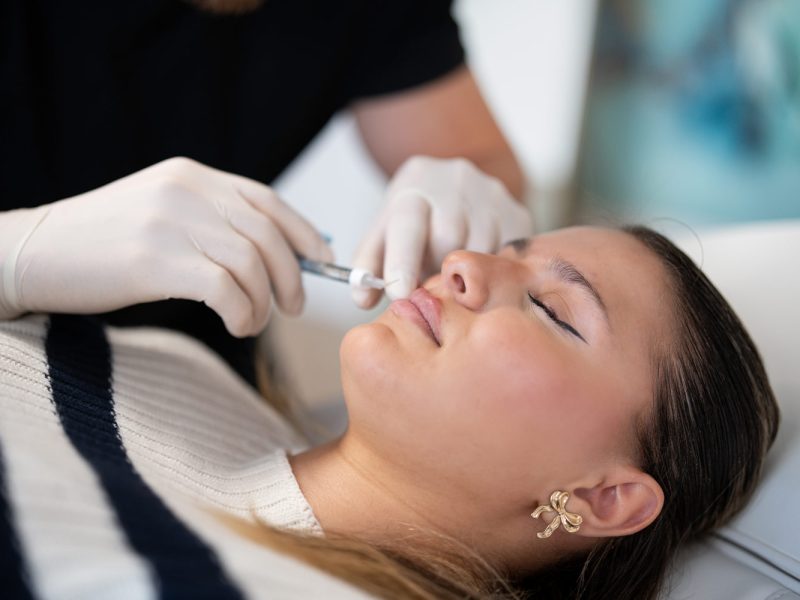
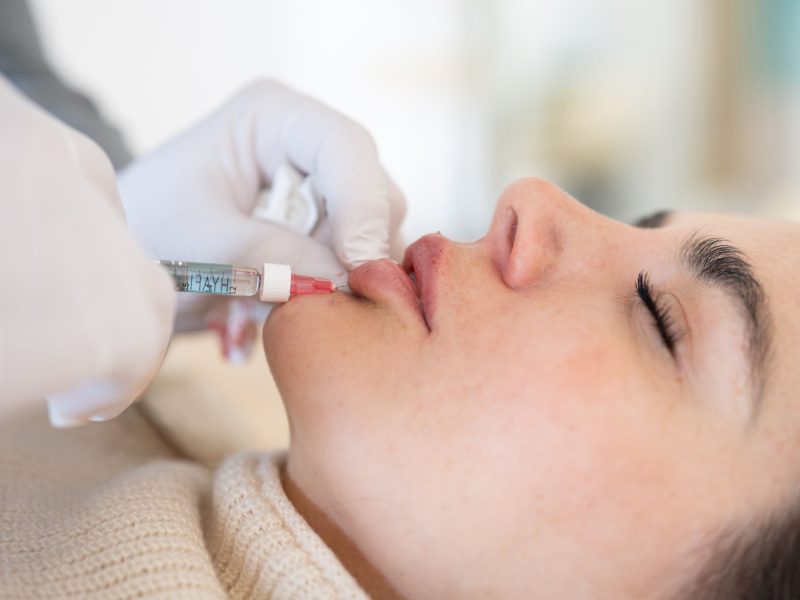
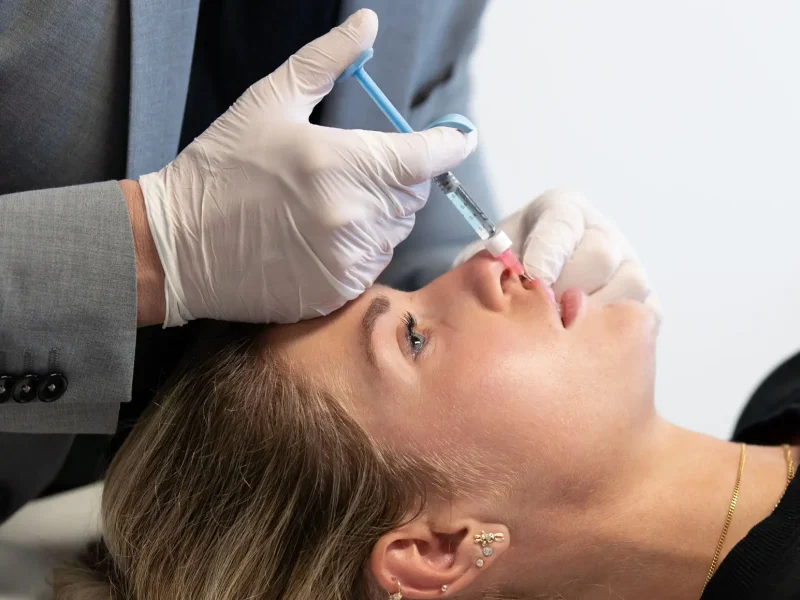

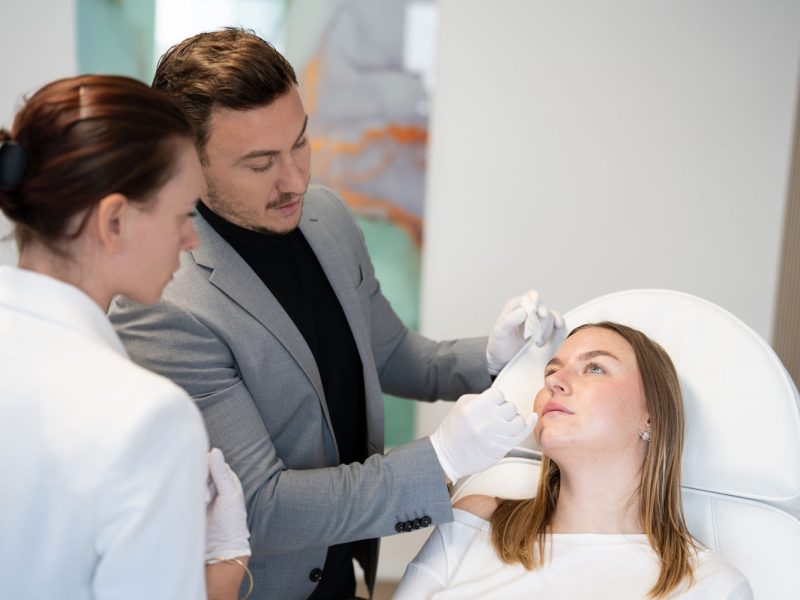
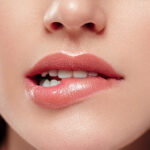 Lip Augmentation
Lip Augmentation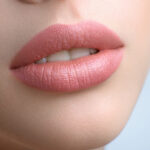 The Russian Lips (Doll-Lips) Technique
The Russian Lips (Doll-Lips) Technique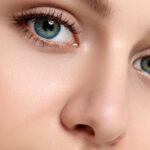 Effective Non-Surgical Rhinoplasty
Effective Non-Surgical Rhinoplasty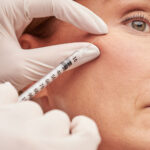 Cheek Augmentation – Cheekbone Injections
Cheek Augmentation – Cheekbone Injections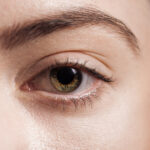 Remove Dark Circles, Tear Troughs & Eye Bags
Remove Dark Circles, Tear Troughs & Eye Bags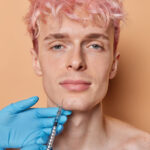 Chin Augmentation
Chin Augmentation Jawline Treatment
Jawline Treatment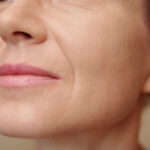 Nasolabial Folds
Nasolabial Folds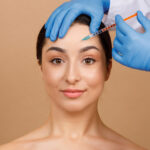 Remove Forehead Wrinkles
Remove Forehead Wrinkles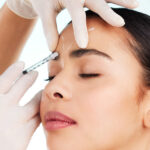 Remove Frown Lines
Remove Frown Lines Remove Crow’s Feet
Remove Crow’s Feet Reduce Neck Wrinkles
Reduce Neck Wrinkles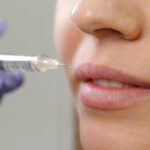 Lip Flip with Botox®
Lip Flip with Botox® Remove Bunny Lines
Remove Bunny Lines Botox® Treatment against Sweating
Botox® Treatment against Sweating Botox® for Teeth Grinding
Botox® for Teeth Grinding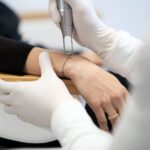 Tattoo Removal with Laser
Tattoo Removal with Laser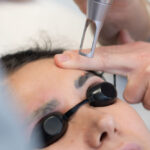 Remove Permanent Makeup
Remove Permanent Makeup Permanent Laser Hair Removal
Permanent Laser Hair Removal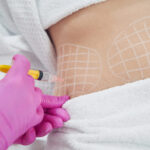 Fat-Away Injection
Fat-Away Injection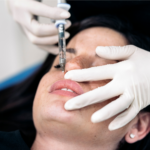 Hylase | Dissolve Hyaluronic Acid
Hylase | Dissolve Hyaluronic Acid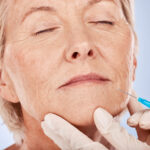 Polynucleotide Treatment | PhilArt
Polynucleotide Treatment | PhilArt